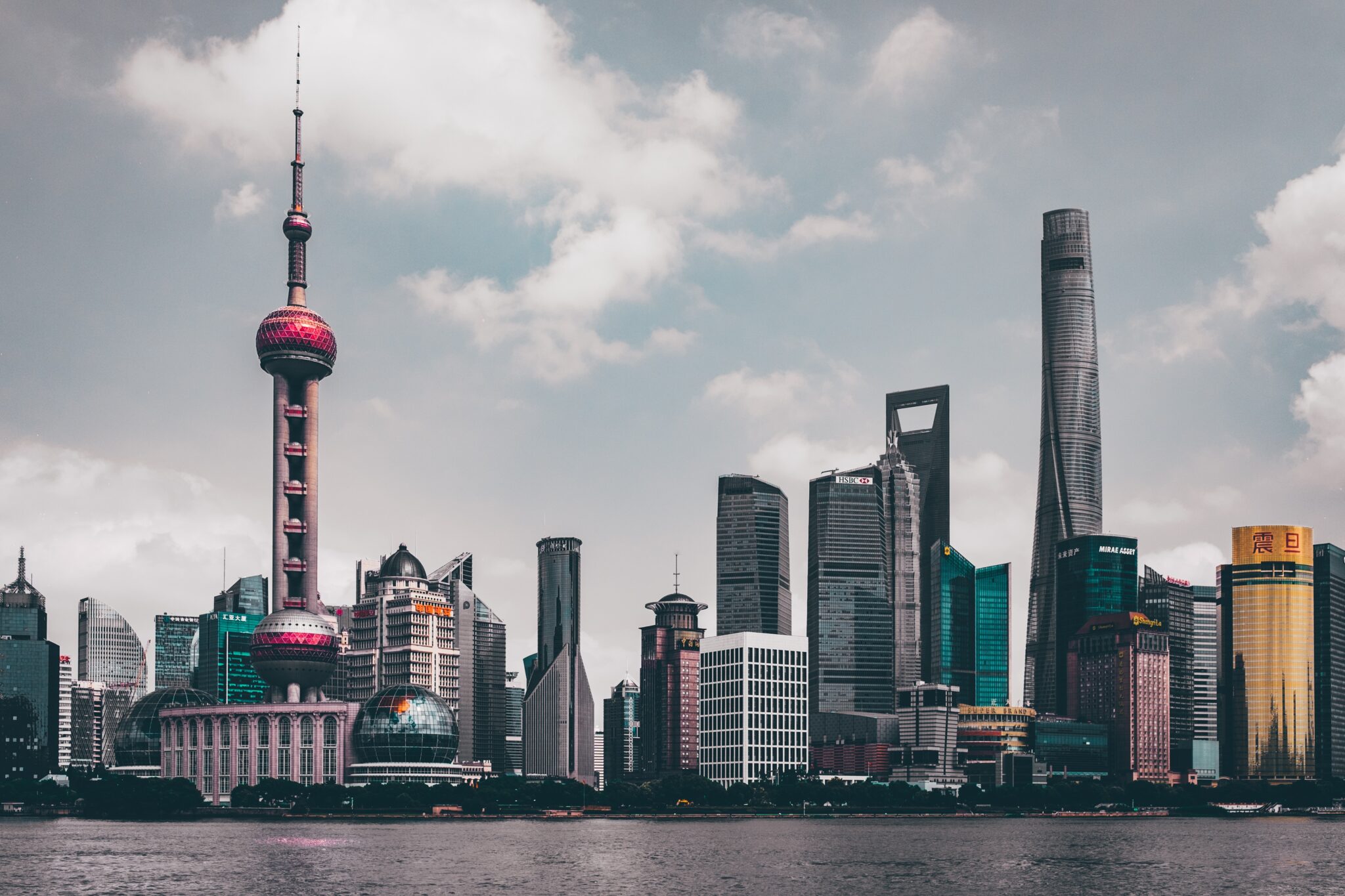China, now the largest lender to developing countries, is working with global organizations to help countries restructure their debt payments. This comes amid the worst debt crisis for poor nations since the 1980s, worsened by the COVID-19 pandemic. Many countries, including Zambia, Ethiopia, and Ghana, are struggling to manage their debts.
The cost of borrowing has gone up and the US dollar has strengthened, making it harder for these countries to pay back their loans. The situation is particularly severe in Africa, where debt servicing takes up 17% of government revenue on average.
China, along with other emerging lenders like India and Saudi Arabia, are now collaborating with traditional lenders in the West to manage these debt issues. China’s role in this is significant because it holds 30.4% of the debt of low-income countries – the highest amount held by any of the major creditor countries.
Negotiations are ongoing about who will take on the potential losses and how to structure any debt reductions. China’s approach to providing debt relief is a major factor in these discussions.
In 2020, the G20 nations, including China, agreed to a roadmap for debt restructuring. The implementation has been slow, but some progress has been made. For instance, Ghana recently received an initial $600 million in aid, marking the start of its debt restructuring process.
The situation has serious implications for the lives of people living in debtor countries. As the largest lender to many of these nations, China’s actions in the coming years will be crucial in determining the outcome of this global debt crisis.
